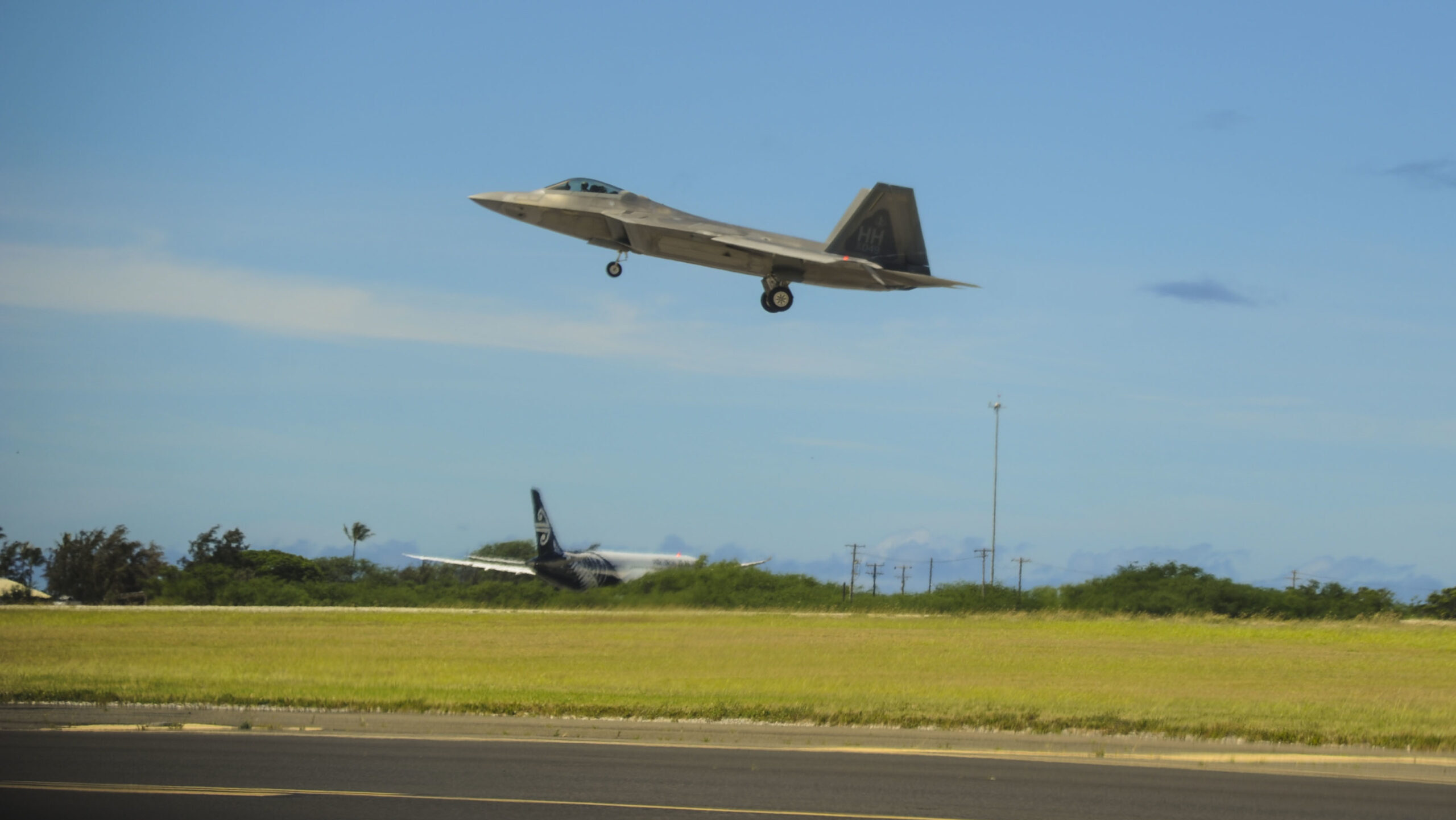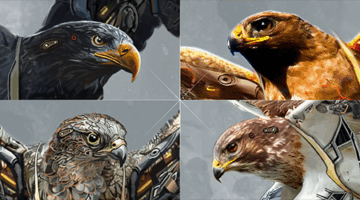
Forget the Chinese. There are days when the Air Force seems like its own worst enemy.
After a decade of priority investment and confident endorsements from leaders, the Air Force is getting antsy about NGAD, the sixth-generation fighter plane planned to replace the F-22 as the centerpiece of air dominance. Just this week, Air Force Secretary Frank Kendall expressed more concerns about the cost, the concept and the engine, capped off by hinting the Air Force is knee-deep in “trade-offs.”
That’s a big risk. The service’s entire next-generation plan — Collaborative Combat Aircraft, the B-21 bomber, upgraded tankers and F-35s — has been built on the assumption a sixth-generation fighter would be fielded in the 2030s. Yanking the NGAD plane out of the mix while the program gets some sort of redesign puts air dominance for the joint force in jeopardy.
There seem to be only two explanations behind Kendall’s statements. One, it’s the budget. Or two, the Air Force has been swept up in a wave of enthusiasm for CCA and all its promise, which is starting to dilute the role for the NGAD plane.
Either way, moving away from NGAD could be perilous.
The crewed component of NGAD has been an Air Force priority for well over a decade. Surfacing occasionally under different names such as Penetrating Combat Aircraft, the mission has remained about the same: Penetrate at longer range, using all possible stealth, speed and altitude in order to hold the most difficult targets at risk. The manned NGAD fighter would replace the F-22, a brilliant 1980s design that first flew as the YF-22 in 1990.
NGAD was structured all along to include a new, crewed, sixth-generation fighter aircraft and drones and weapons in a “family of systems.” And real progress was made: Secretary of the Air Force Frank Kendall acknowledged a secret X-plane program flew technology demonstrators for NGAD before 2020.
Other officials were keen to build anticipation for the effort. For instance, the whole NGAD program is set to “field capabilities on a scope and scale we haven’t seen in decades,” Air Force Major General Scott Jobe told a Mitchell Institute audience last year. There were tactical discussions about tethering and untethering of the CCAs and the NGAD plane based on battle conditions. And of course, a plan for contract award in 2024.
Then, seemingly out of nowhere, a dual punch of wobbly comments from Kendall and Chief of Staff General David Allvin. Both men pointed to the budget as the issue, and there is basis for that — the B-21 is no cheap effort, and the big cost jump of the Sentinel ICBM means the service has had to adjust priorities.
But it also feels like a burst of enthusiasm for CCA is about to devour the NGAD plane.
Beyond a doubt, the CCAs will be a bold new addition to the USAF force mix. About 1,000-3,000 drones are planned to fly with the F-35, F-15EX and NGAD and carry out missions ranging from intelligence to strikes to electronic warfare to decoys. Commanders from the air operations center to the flight lead can select and dial in levels of autonomy. The CCAs are building off a solid track record of work by towed decoys and other ISR drones in combat operations over the years. Still, their use as a major force element is untried in major combat.
The CCAs are particularly compelling because they fulfill so many missions — and because they are still in development, can be all things to all people in the wargame setting. The CCAs also get the Air Force away from vulnerable, fixed runway sites, since some CCAs can be launched from smaller, mobile batteries.
Yet there is no question that increased reliance on CCAs — in all their permutations — invites risk.
Despite tons of analysis, it is too soon to predict how CFACCs and flight leads will employ CCAs in what INDOPACOM likes to call “the Hellscape.” And its too soon to jettison NGAD with so many operational questions open.
To illustrate, divide the operational risk analysis into three cases: the Hellscape, the Chinese interior, and the second contingency.
Hellscape is an INDOPACOM catchphrase describing a mass of unmanned systems defending against China in the Western Pacific. Adm. Samuel Paparo recently said: “I want to turn the Taiwan Strait into an unmanned hellscape using a number of classified capabilities so I can make their lives utterly miserable for a month, which buys me the time for the rest of everything.”
In the Hellscape, presumably, aerial drones like CCA use their secure datalinks with each other to create a mesh of targeting and tracking information that outfoxes China and their radio frequency spectrum interference and can also direct American firepower. On paper, that sounds awesome.
However, a subtle analytic dilemma occurs. When CCAs and other unmanned systems are so numerous, they tend to minimize the role of any other single “blue” or friendly force element, such as an NGAD plane. That can incline planners to use the NGAD plane against fewer targets. Hence, during a wargame, the NGAD plane will appear to have made a smaller contribution to overall campaign results. The focus on getting CCAs into the fight may be inadvertently overshadowing NGAD.
Surely, the hellscape would be even more intense with a prowling NGAD plane. Be that as it may, other scenarios amplify the need for NGAD.
Without NGAD, the operational risks multiply. For example, the Air Force has not made the case that CCAs without an NGAD can take on all the repeat penetration attacks required for some target sets. Targets in the enemy interior may require repeated restrike — be that space launch sites on Hainan Island, China’s five ground-based laser weapon bases, or some menace lurking in the mountains of North Korea or Iran.
Finally, given the present China-Russia-Iran-North Korea alliances, the Air Force may have to fight in two or more places at once — or for much longer than expected. Wars of late have taken far longer than planned, in Iraq, Afghanistan, Kosovo, not to mention Ukraine and Gaza. Friendly forces have found target lists growing, and called on more and more forces. If that happens over the Taiwan Strait, the US could find itself “back to the future” with the requirement to roll back defenses and gain access so joint forces can win a longer slog. An NGAD plane could be very useful indeed as the war drags on.
The Air Force must also think about keeping faith with the men and women behind this long-secret program. The Air Force senior leaders often praise their close partnership with industry. A failure to award NGAD in a timely manner will shock and disappoint that talented aerospace workforce, and have impact on firms who have been building anticipation towards an award.
Air Force senior leaders have repeatedly said the service is out of time, that the China-Russia-Iran threat is here, now. That means this no time to tweak designs.
The Air Force, and Congress, have much to consider, but this is no time to run risks by bumping NGAD.
Dr. Rebecca Grant is Senior Fellow and Vice President of the Lexington Institute

